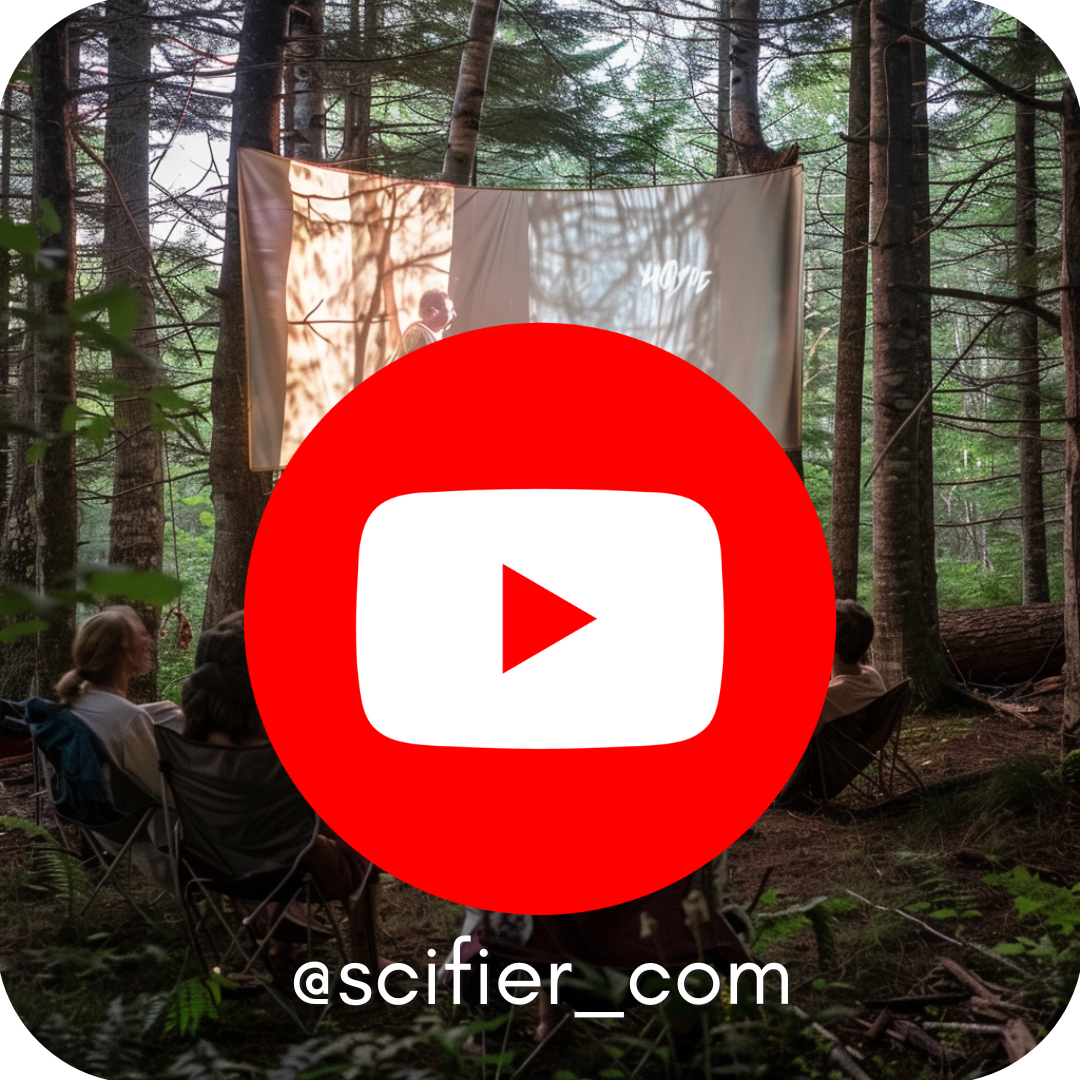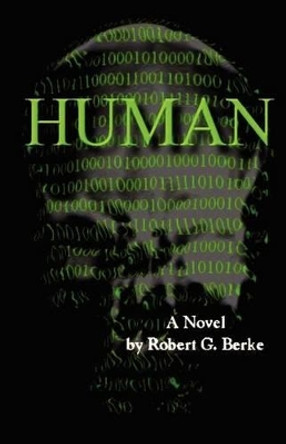Description
This book provides four key insights, beginning with how photographic stillness, depth, and motion emerged en masse, departing from the gradualist narratives familiar in histories of photography and film.
Secondly, the book addresses the role of binocular vision in the history of painting and photography. Thirdly, the rich history of early stereoviews that constitute the origins of photographic cinema and other instances of temporality is examined. The author explains how binocular rivalry, termed 'the human shutter,' provokes a reexamination of the standard chronology of cinema. The role of the human shutter is demonstrated with a preliminary taxonomy of astonishing images excavated from the photographic archive. Lastly, focusing on what happens after light arrives at the retina, numerous artists and theorists have employed the stereoscope as a metaphor for critical thinking.
In addition to these new perspectives, the book contains significant original research, particularly regarding early photographers who have explored motion with binocular vision, especially Antoine Claudet and Giorgio Sommer.
Equally important to this discussion are modern and contemporary artists and experimental filmmakers who have focused on stereoscopic spaces, including Marcel Duchamp, Robert Smithson, Lucy Raven, Ken Jacobs, Alfons Schilling, Arakawa and Gins, and OpenEndedGroup.
About the Author
Robert L. Bowen is a New York-based artist, writer, and professor teaching photography, film, and art history. His work has focused on perception, distinguishing illusion from reality in photography, stereoscopic cinema, and experimental architecture.
Book Information
ISBN 9781835950395
Author Robert L. Bowen
Format Paperback
Page Count 195
Imprint Intellect Books
Publisher Intellect Books
Series Investigations of Lens and Screen Arts
Details
Subtitle: |
Photographs, Stereoscopic Depth, and Moving Images |
Series: |
Investigations of Lens and Screen Arts |
Imprint: |
Intellect Books |










